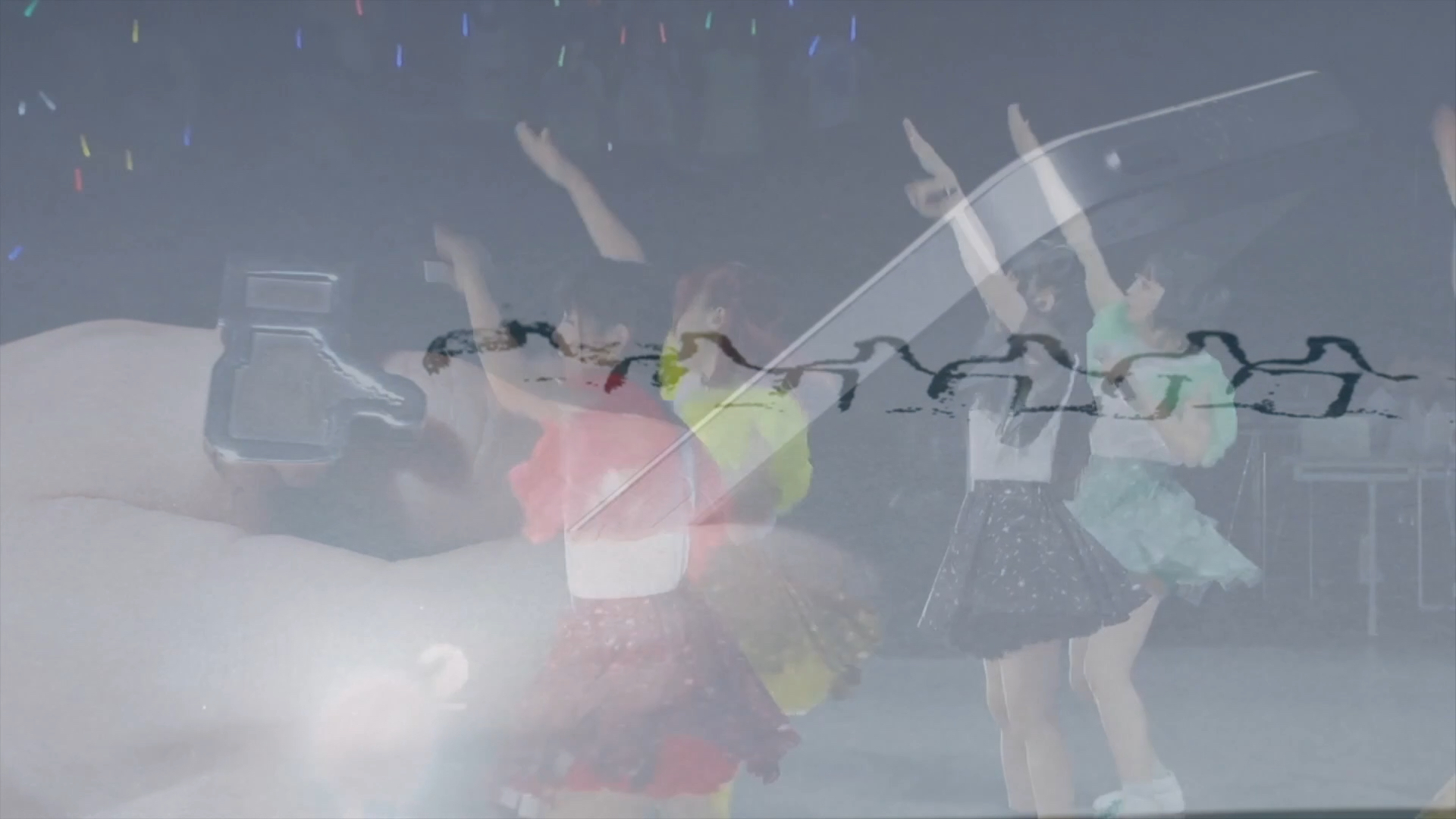On Belief 信仰について
- Date
-
2019
- Duration
-
11:56mins
- Media
-
single-channel video
According to Flusser, the symbol for representing world has changed from “image” – which gave magic and myth to human – to “text” – to explain “image” and gave logic and history to human. It has finally evolved to “technical-image” – to explain “text” which explained “image”.
In the modern Japanese society, Japanese pop idols’ culture, which relies on the media, has given economic impact or even magical impact over the modern Japanese people. As “technical-image” provided through the media technologies involves magical, mythical and logical nature, this work exprole that if Japanese pop idols’ culture could become the alternative symbol for representing the world.
The girls as pop idols are required to be a character of the “fiction” story made by the media and fans. Conversely, the “documentary” factor is also required to the pop idols – namely, they need to expose their lack of personality or the feeling of insufficiency as “human” frailty. As the girls became pop idols in order to fulfil their personal feeling of emptiness, fans also possibly attempt to fulfil their lack, weakness or insufficiency, mirroring the pop idols’ incompleteness.
Idols are not human while they are not gods. They drift between human and gods.
The teenager immature girls generously take those sorts of contradictions amid the various mental conflicts. They act as the fans’ ideal idols, accepting that idols are the consumed commodity. I suppose that their attitude could transcend the business contraction as well as their personal self-esteem needs since we may see beautiful principle of “gift” in them – it is like gods, but not.
Fans possibly find the magical and mythical belief from pop idols, who are the incomplete existence, by having indescribable beautiful gifts. Whilst most media contents can be consumed as free in this modern society, fans invest a huge amount of money to their selection of contents – pop idols – until pop idols finish their short and limited life as if fans reciprocated the gift to their gods. I would say that pop idols, bearing the both principle of logical money exchange and magical and mythical gift exchange, could work as the alternative symbol such as “technical-image” for representing this modern world.
フルッサーによると、世界を表象する記号はこれまで人々へ“魔術性”と“神話性”をもたらした「画像」から、 人々に“論理性”や“歴史”をもたらした「画像」を説明するための「テクスト」へ、そしてそこから「画像」 を説明する「テクスト」を説明するための「テクノ画像」へと移り変わってきた。メディアに依って存在し、人々 に対して魔術的とも言えるほどの影響力を持ち、経済までをも大きく動かす現代日本におけるアイドル文化は、“魔術性”や“神話性”、そして“論理性”を同時に有するメディア技術を介した画像である「テクノ画像」のような、世界を表象する新たな記号と言うことは可能だろうか。
アイドルとしての少女たちはメディアが、そしてファンが作り出す“フィクション”の物語のキャラクターであることを求められると同時に、相反する“ドキュメンタリー性”― つまりアイドル達の、どこかが欠けた、 満たされない不完全な“人間”の部分を提供することも求められる。それはアイドル自身が、自身の満たされない なにかを埋めるためにアイドルになったように、ファンたちもまた、自分たちの満たされなさを、アイドルの不完全さを通すことで埋めようとしているからではないだろうか。
アイドルは、人間ではない。しかし、神さまでもない。
彼女たちは神さまと人間との間を漂う脆弱な信仰対象として存在する。十代の幼い少女たちは多くの葛藤の中 様々な矛盾を引き受け、商品として消費される存在であることを理解し、ファンが求める理想の正しいアイドル像を全力で演じきる。時には自身を滅ぼすほど多くを引き受けるその姿には、自身の承認欲求や金銭に依る契約 を超越した“神さま”のような、しかしそうではない美しくも暴力的で、あるいは自己破壊をも促す“贈与” の原理が在るように思う。
ファンは不完全な存在である少女達からそうした贈与を授かることで、さながら魔術的で、神話的な信仰をアイドルたちに見いだす。だからこそ、多くのコンテンツが無料で消費をすることが可能なこの現代で、ファン は自身の選択したコンテンツ(アイドル)に対して“神様”であるアイドルに対する返礼のごとく膨大な金額 を、少女達がアイドルとしてのその短い寿命を終えるまで投資し続けるのではないだろうか。そして、そうした 論理的な金銭による等価交換の原理だけでなく、魔術的で、神話的な贈与交換の原理という二つの性質を 持ち合わせた存在であるアイドルは、現代においてテクノ画像のような世界を表象する新たな記号的役割を 果たしているように思う。






